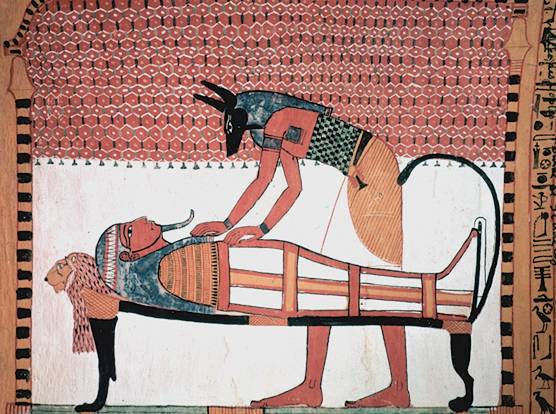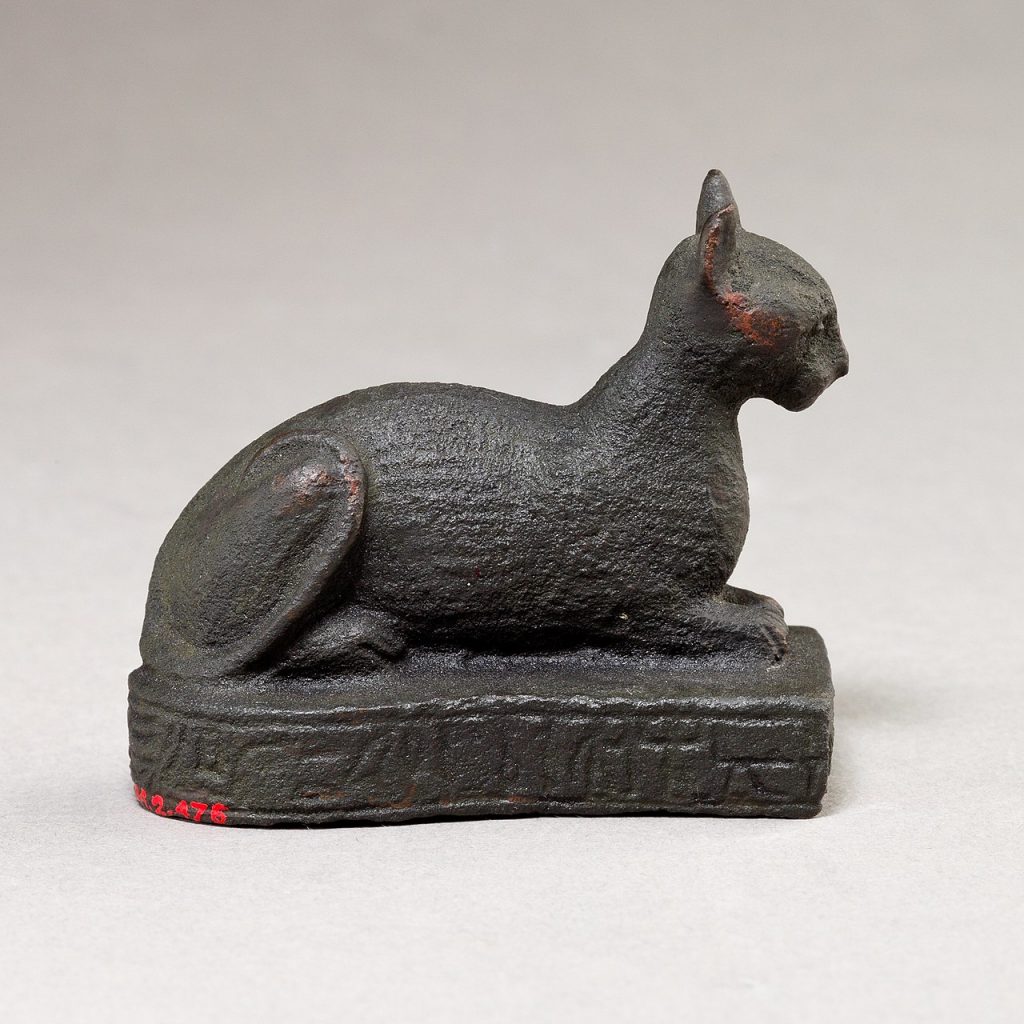The ancient Egyptian civilisation spanned thousands of years, and was both complex and fascinating. This page contains links to information on: burial practices, clothing, jewellery and perfume, food and drink, administration and the military, and animals.
Burial Practices in Ancient Egypt

The process of mummification is so closely associated with ancient Egypt, that a number of misconceptions are widely believed. Egyptians were not the only people to mummify their dead, and full mummification was really only an option for wealthy Egyptians at certain periods of Egyptian history.
Over time, there was an evolution in the process of mummification, and they developed complex rituals and religious practices including a wide range of funerary texts. Some ancient Egyptian spells and texts were intended only for the pharaoh, while others could be used by anyone.
Clothing, Jewellery and Perfume
As life in an ancient city could be rather smelly, they also developed beautiful incense and perfume which was thought to have medicinal qualities and was associated with the gods. The most famous and popular incense was Kyphi (Kapet). They used essential oils in massage, reflexology and aromatherapy.

All Egyptians wore jewellery, and some beautiful pieces have been recovered from burial sites. Jewellers were called “neshedi nubi” (goldsman) and “hemu nub” (gold artisan). Their craft was highly valued in Egyptian society. Find out more about Bracelets, Necklaces and Collars.
The ancient Egyptians used beautiful pigments and colours to enhance their art and jewellery. As well as artistic considerations, the meaning of colour in ancient Egypt was also important. Each colour had a symbolic aspect which gave a further level of meaning to the finished object or painting. The basic palette centered around six colours; red, blue, green, yellow, white, and black.
The ancient Egyptians generally wore white linen clothing, well suited to the heat of the desert. The pharaoh carried many additional items which acted as emblems of royal power and had a number of different crowns for different occasions.
Food and Drink

The Egyptians had a varied diet including ; bread; meat and fish; fruit and vegetables; nuts, seeds and beans; and numerous herbs and spices. Beer was an important part of their diet and they also made wine and milk. Make food fit for a pharaoh with these fun ancient Egyptian recipes.
Administration and Military
The Egyptians were skilled administrators. The pharaoh was the central authority but the country was divided into Nomes or provinces whose local government helped everything to run smoothly. There was also the ancient division between Upper Egypt and Lower Egypt which was preserved thoughout Egyptian history.

Ancient Egyptian scribes worked in every area of society, calculating tax revenues, perpetuating the written culture, recording legal decisions and supporting the work of architects, priests and managing foreign affairs. The ancient Egyptian calendar was developed at an early stage because it was necessary to be able to predict the coming of the inundation and because it allowed the development of their bureaucracy. The calendar also had a religious connection as months were named after gods and goddesses and the calendar fixed the relative dates of festivals to honour the gods.
The Egyptians were a powerful military force for much of their history. Martial prowess was an important attribute of the pharaoh who was often shown riding his chariot into battle or smiting enemies.
Animals in Ancient Egypt

Animals played an important part in the economy, religion and society of the ancient Egyptians. Many gods were closely associated with one or more animals and certain animals were considered to be living incarnations of a deity.
Find out more about: cats in ancient Egypt and ancient Egyptian bull cults. The Egyptians also created animal mummies (including rather sweet mummies of pets).
Copyright J Hill 2008